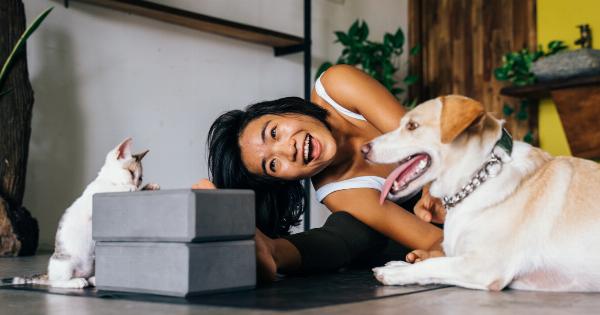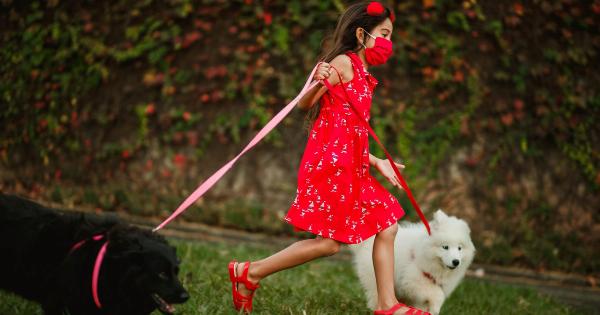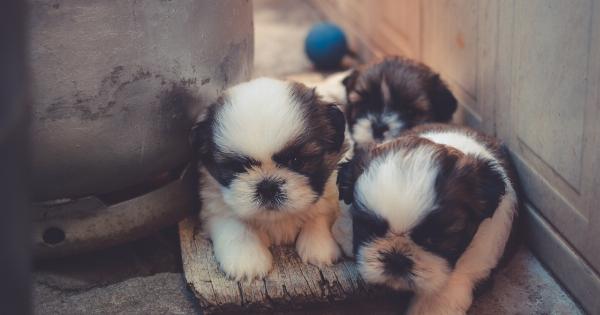Protecting your pet is not just about providing them with food, water, and a comfortable place to rest. It is also about keeping them safe from dangers that could harm their health and even their lives.
In this article, we will discuss some of the common hazards that pets face and how you can prevent them from occurring.
1. Keeping poisonous substances out of reach
Pets are curious creatures, and they may ingest or come into contact with various poisonous substances. These can include cleaning products, insecticides, medications, and even plants.
To protect your pet from these hazards, you need to store them safely out of reach. For instance, you can lock away cleaning products in a cabinet or a closet. You can also use pet-friendly insecticides and avoid buying plants that are toxic to pets.
2. Securing your home perimeter
Another vital step in safeguarding your pet is to ensure that your home’s perimeter is secure. This involves checking for any potential escape routes, such as holes in the fence, gaps under the gate, or loose panels.
You should also make sure that your pet’s collar and ID tags are up to date and that they are microchipped, so you can locate them if they get lost.
3. Understanding your pet’s behavior
Knowing your pet’s behavior can help you identify and address any potential dangers. For instance, if your pet is aggressive towards other animals, you should take extra care on walks or consider using a muzzle.
Similarly, if your pet is easily frightened by loud noises or unfamiliar people, you may want to keep them indoors during fireworks or loud events.
4. Regular veterinary check-ups
Regular visits to the vet can help detect health problems early before they become life-threatening. Your vet can also advise you on any preventative care, such as vaccinations, flea and tick control, and routine blood tests.
You should also keep up-to-date records of your pet’s medical history, including any medications, allergies, and surgeries.
5. Temperature control
Pets are vulnerable to extreme temperatures, whether it’s hot or cold. During hot weather, keep your pet hydrated with fresh water and provide shade for outdoor activities.
During cold weather, make sure your pet has a warm place to sleep and clothing if necessary. Be aware of any signs of hypothermia or heatstroke, such as shivering, lethargy, or excessive panting, and act quickly if your pet displays any of these symptoms.
6. Socialization and training
Proper socialization and training can help your pet become more well-behaved, confident, and less prone to accidents or injuries.
For instance, socializing your puppy with other pets and people can help reduce the risk of aggression and separation anxiety later on. Similarly, teaching your pet basic commands, such as sit, stay, and come, can help prevent them from running into danger or getting lost.
7. Regular exercise
Regular exercise can help keep your pet fit, healthy, and mentally stimulated. It can also reduce the risk of obesity, joint problems, and boredom, which can lead to destructive behavior.
Depending on the pet’s breed and age, you may need to provide different types of exercise, such as long walks, indoor play sessions, or agility training.
8. Proper nutrition
A balanced, nutritious diet is essential for your pet’s health and well-being. You should choose a high-quality pet food that meets their nutritional needs and doesn’t contain any harmful additives or preservatives.
Follow the feeding guide according to your pet’s age, weight, and activity level, and avoid overfeeding or underfeeding them.
9. Avoiding dangerous foods
Some foods that are safe for humans can be toxic to pets. These include chocolate, caffeine, grapes, raisins, onions, garlic, and avocado.
You should also avoid giving your pet bones or any food that is too hard or small, which can cause choking or intestinal blockages. Instead, provide them with pet-friendly treats or healthy alternatives, such as fruits and vegetables.
10. Being prepared for emergencies
Finally, you should always be prepared for emergencies, such as natural disasters, accidents, or sudden illnesses. Have a first aid kit, your vet’s contact information, and an emergency plan in place.
You can also enroll in pet insurance or set up a savings account for unexpected expenses. Taking these precautions can give you peace of mind and protect your pet’s life.
Conclusion
In summary, protecting your beloved pet from danger requires a combination of proactive measures and responsible care.
By following the tips outlined in this article, you can reduce the risk of injuries, illnesses, and other hazards that can threaten your pet’s health and happiness.






























